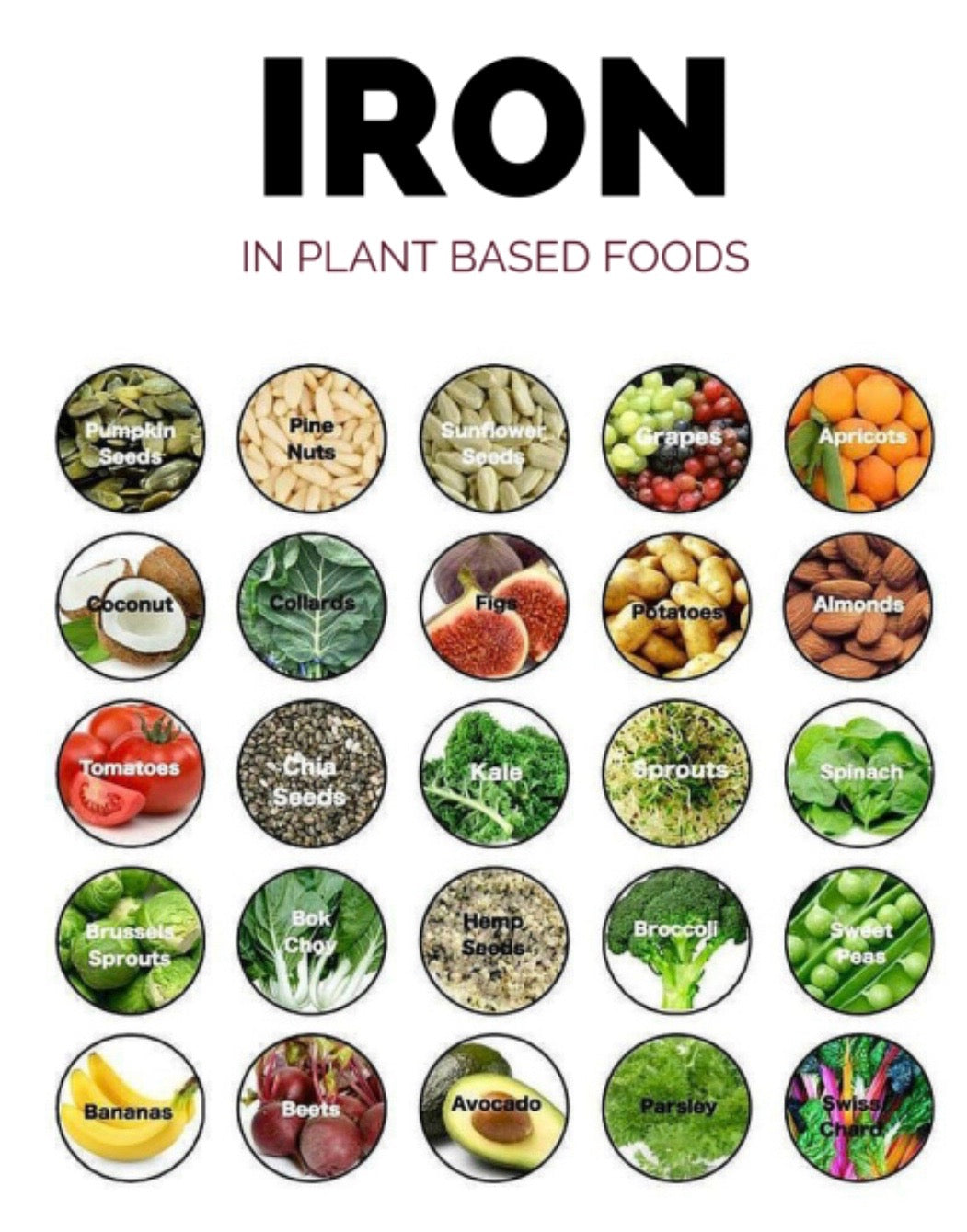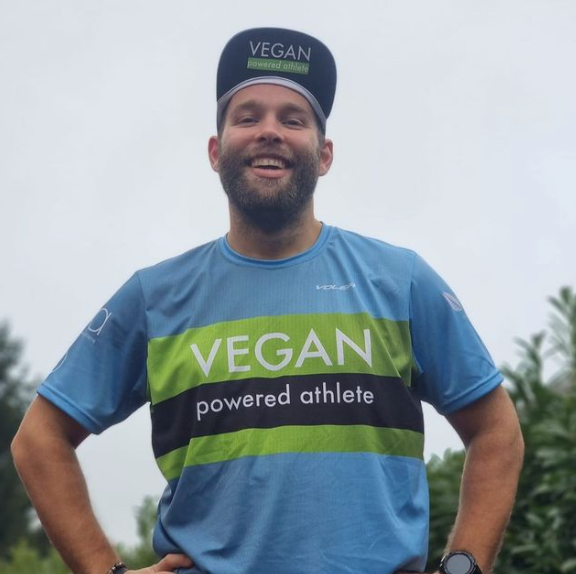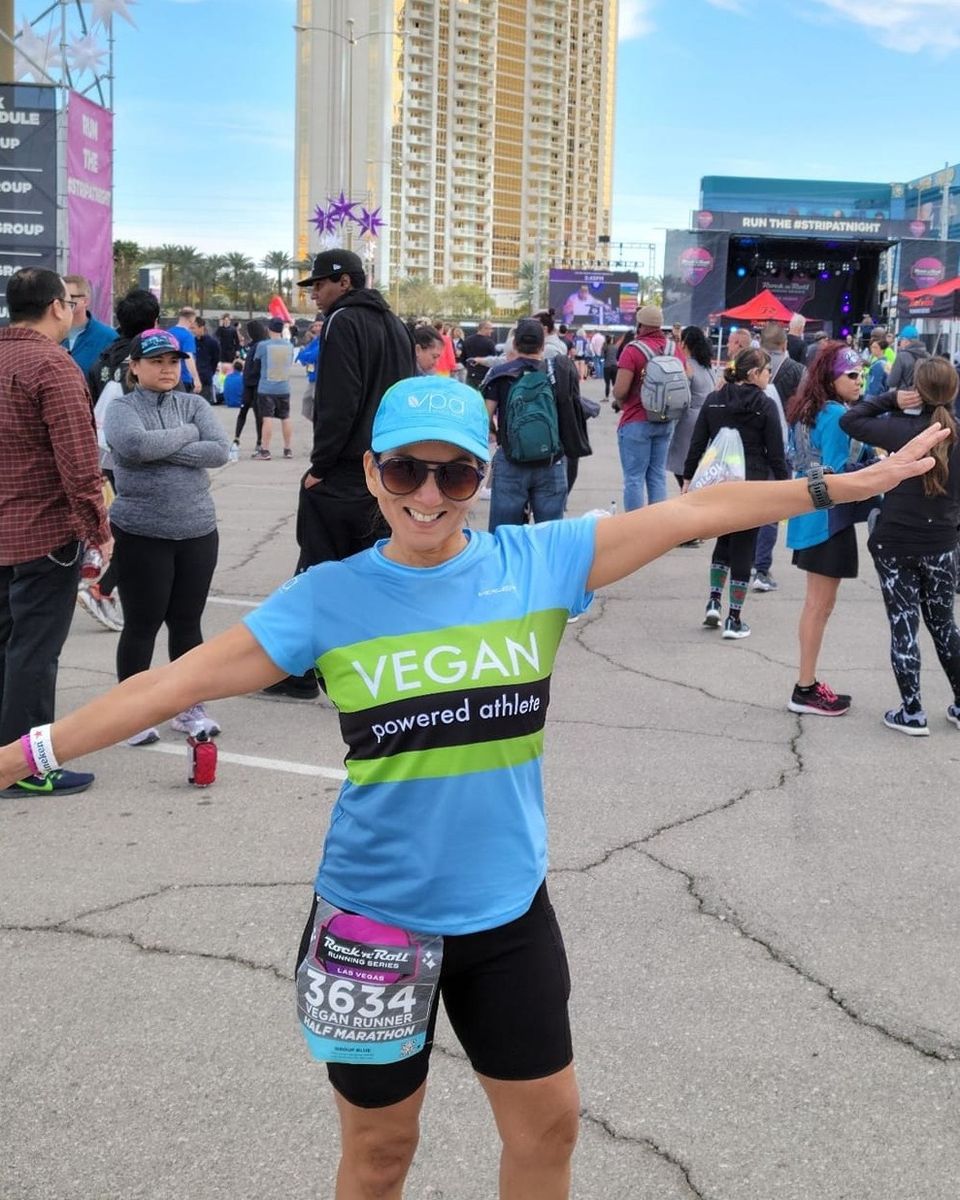
Most people are aware they need a decent amount of iron from their diet to remain healthy. However, what many athletes do not know is that there are two types of iron that we can get from our diet: heme and non-heme iron. And even though both are types of iron, non-heme iron is recognized as being a lot healthier than heme iron; better for your body, mind, and soul.
Here is a comparison of non-heme and heme iron, explaining why one is healthier than the other. We have also gone over some great sources of non-heme iron for vegan athletes.
What is Heme Iron?
Heme iron is the type of iron that is found in animal based foods. It is absorbed into the body at a much more rapid rate than non-heme iron, but that is not necessarily a good thing.
In contrast, non-heme iron is found in plants that are rich in antioxidants. Foods such as legumes and leafy greens are terrific sources of non-heme iron. The absorption rate of this iron averages around 20 percent, depending on a person’s health and whether they are iron deficient at the time. You can also bust the absorption rate by eating plants and fruits high in vitamin C such as red bell peppers and citrus fruits.
Do We Need Iron?
Human beings need iron in their diet to live, because it is something that our body cannot make on its own. It must be put into our bodies through food or supplements. The amount of iron we need depends on our circumstances. For instance, a healthy adult would only need around 10mg per day, while a menstruating or nursing woman would need 15mg per day. Pregnant women need double that amount.
It is crucial that athletes consume an iron-rich diet to ensure they perform at peak energy levels, since iron delays fatigue.
What Happens with Iron Deficiency?
When a person is going through iron deficiency, they could show many symptoms that may seem harmless. For instance, an iron deficient adult would feel fatigued and weak for no reason, while they may also experience dizzy spells. For athletes, it can be a major issue, as they need to be at peak performance to train and play on most days. iron deficiency also makes a person more likely to suffer a cold, while they could also have much lower stamina.
Is Heme Iron Bad for You?
Yes, there are risks associated with heme iron. Studies are showing that people who consume heme iron run the risk of suffering from certain diseases. For instance, heme iron can increase the risk of suffering coronary heart disease by around 57 percent or more. There is also a very serious link between the consumption of heme iron and colon cancer, especially if red meat is being consumed regularly.
The problem is that when iron goes into our body, the way it is treated depends on whether it is heme or non-heme iron. Our body can easily control how much and how quickly iron from plants is being absorbed, but our body cannot do the same with the iron from meat.
This means the body cannot get rid of the excess iron that we are putting into our bodies, which ends up getting stored in our organs and blood cells. This can lead to some very troubling health issues.
Great Sources of Non-Heme Iron
Getting non-heme iron as a vegan is not difficult. If you are hoping to add non-heme iron to your diet, there are so many wonderful foods that will do the job.
Spinach is a fantastic way to get more non-heme iron. Spinach can be added to pasta or rice dishes, while it is also great in a vegetable smoothie. Rice and pea proteins are another great source, along with legumes, seeds and nuts as well as whole grains. Even figs, dates and dried apricots could be a great source of iron.







